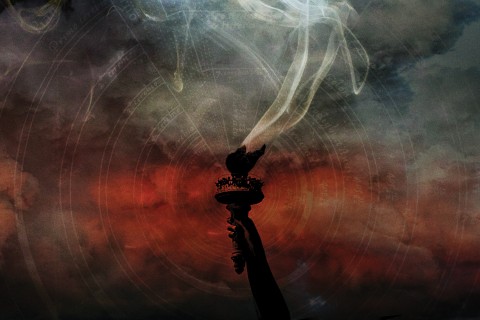Hospitality
I’ve spent time in three Trappist monasteries—the order made famous by Thomas Merton and known for its commitment to silence. Actually, I’ve found that the monks are rather eager to talk. They are commanded in the Rule of St. Benedict, the guidebook for all western monasticism, to “receive every guest as Christ.” Or, to use Kathleen Norris’ paraphrase in Cloister Walk, they are formed to think: “Hot damn, it’s Jesus again!”
I’ve felt that sort of generosity during my visits. One monk prepares a guestroom for me. Another toddles out of his choir stall to open my worship book to the right page. Another cooks the food, another cleans. Another finds work for me to do so I can participate fully in the monastic practice of ora et labora, prayer and work.
But the hospitality is not the most important reason I go to the monastery. I go because the prayer is beautiful. Something about hearing dozens of men singing their hearts out with the words of the psalms is stunning. The first “hour” of the monastic office—the schedule of praying seven times during the day—is 4 a.m., called Vigil. It’s the longest office of the day. One might think the sun should be up before one can be expected to stay awake while chanting psalms. But the beauty of the psalter is enough to keep a community going.
A friend of mine once took a class of troubled kids to a Trappist monastery in Pennsylvania. After Vigil he overheard one of his teenagers say, “Man, that was better than getting high.”
Worship is its own form of intoxication. The monastery is a place fully attuned to prayer. Other tasks, important as they are, are dropped for the hours of prayer. This is a stunning reversal of the practice of those of us who don’t live in a monastery, who tend to praying around the edges of our daily lives. The monks are professional “pray-ers.” They are good at it not in the sense of always getting answers, like some sort of augury, but in the sense that they have prayed through the years, and prayed when God seemed close and when God seemed unbearably distant. They have arisen to pray when they felt like it and when they did not.
One of my favorite monastic gestures is a full-waste bow at the invocation of the Trinitarian name at the end of every psalm, or in the direction of the Eucharistic table when one first enters church. Once I watched as a monk came into church and bowed toward the altar. Then, seeing me out of the corner of my eye, he turned and half bowed toward me also, with a smile. Having recognized the image of God in the church and its banquet table he saw it also in me, one of God’s creatures, the person of Christ in his midst. Sometimes one has to get away from the world a bit to see it clearly.





